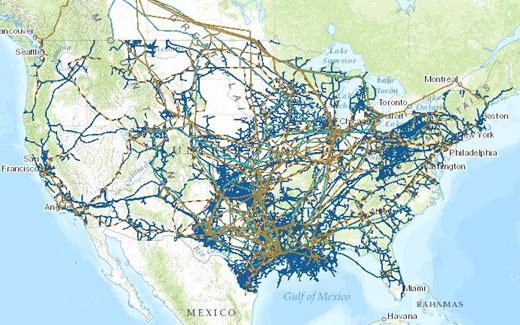Introduction
Advances in the field of materials engineering offer breakthroughs that affect all of our lives. Although they may not be as publicized as a new vaccine or breakthrough treatment for a well-known disease, advances in materials engineering often make our lives safer, provide enhanced standards of living, and improve the quality of life for untold numbers of people.
Politics and environmental concerns aside, if simply retrieving a resource from the ground allows a state oil company to provide well-paying jobs and revenue to build schools, roads, hospitals, thus improving the lives of millions of people, then there is something to be said for the undertaking. Doing so has required advances in materials to achieve the safe extraction, distribution, and storage of oil. Reliance on energy has become a basic human need and depending to whom you speak, potentially a basic human right.
Safe and cost-effective acquisition and distribution of energy is a monumental task, given that simply maintaining all our energy infrastructure is a full-time endeavor. Just as highways and byways are the channels that move people, pipelines are instrumental to maintaining the standard of living for billions of people. The amount of infrastructure is daunting: “America depends on a network of more than 185,000 miles of liquid petroleum pipelines, nearly 320,000 miles of gas transmission pipelines, and more than two million miles of gas distribution pipelines to safely and efficiently move energy and raw materials to fuel our nation's economic engine.

Although fiber-reinforced polymers (FRPs) have been around for more than 50 years, it requires years of testing to understand how the materials behave in different environments and operating conditions; as such with all new materials. Over the past two decades, a significant amount of research has been conducted evaluating the use of composite materials for the repair and reinforcement of pipelines. The Pipeline Research Council International, Inc. (PRCI) has been a major contributor to these efforts, funding numerous programs focused on composite-reinforcement technology. These research efforts have assisted in the creation of standards for the design, testing, quality, and an increased range of applications for which composites are viable solutions. This includes the reinforcement of pipelines due to corrosion and mechanical damage. Part of the reason operators have contributed to funding such research is due to the cost advantages of composites when compared to other mechanical methods of repair.
Until recently, much of this research has been limited to onshore applications. Offshore pipeline and riser operators envision many of the same benefits of composite repair systems as onshore pipeline operators, but have questions regarding strength, durability, and effectiveness in an offshore environment. PRCI’s Design, Materials, and Construction committee recently completed a study entitled MATR-3-6 “Evaluation of Composite Repair Systems for Subsea Repairs" This study provides valuable information for offshore pipeline operators curious about how composite repair systems could be utilized with their assets.

















Comments and Discussion
There are no comments yet.
Add a Comment
Please log in or register to participate in comments and discussions.